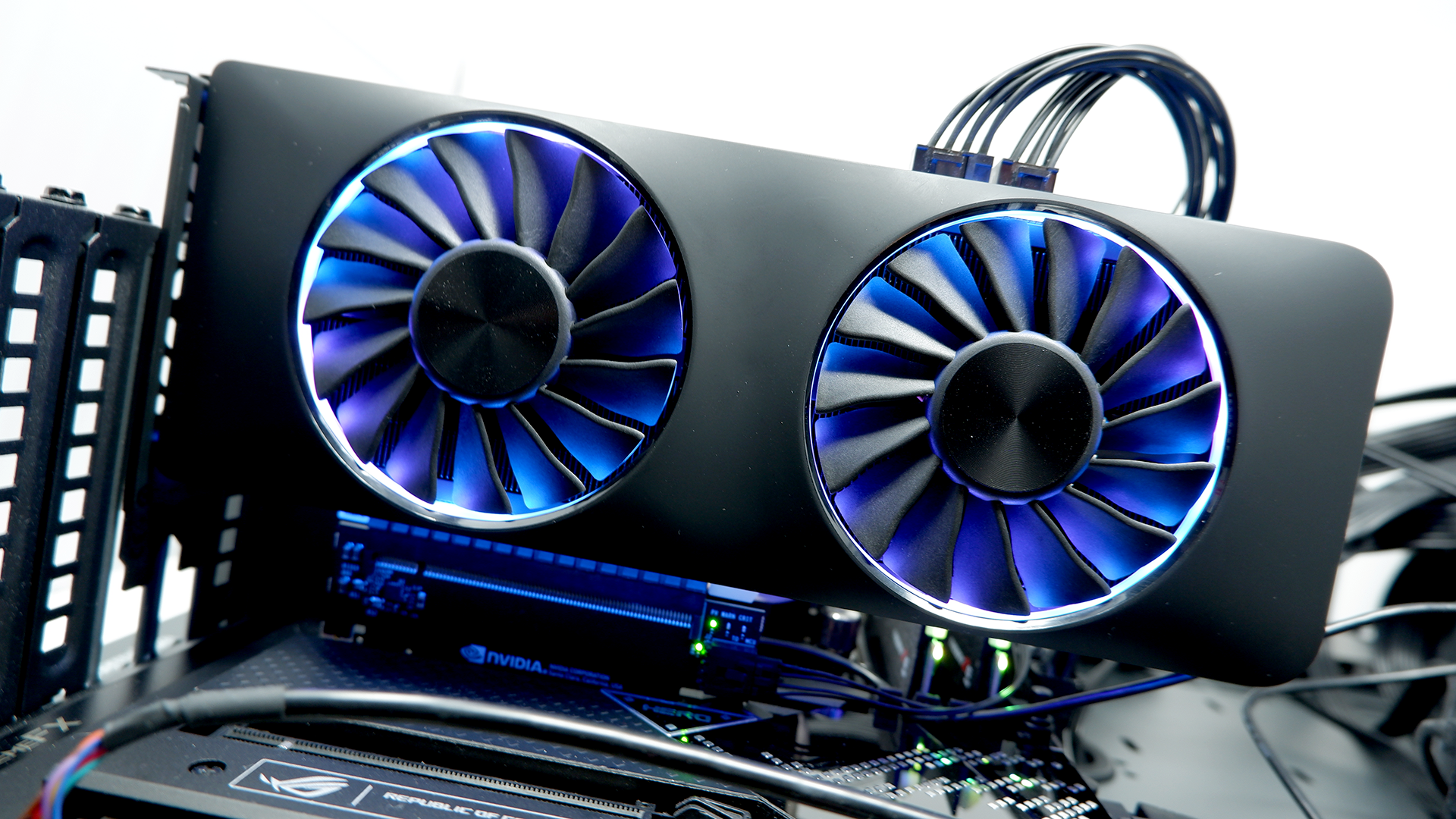
Intel and AMD on an equal 9% of the market share with Nvidia hoovering up the rest according to JPR.
Leading PC market research outfit JPR has dropped its latest data dump. Apart from showing that discrete graphics cards shipments cratered by 50% at the end of last year, JPR’s data also indicates that Intel now matches AMD for discrete graphics cards numbers.
Both companies had 9% of the market in the 4th quarter of 2022, with Nvidia dominating the graphics card market on 82%. For clarity, that’s for discrete GPU and add-in graphics card shipments, excluding integrated graphics and embedded graphics.
If you include integrated and embedded graphics, Intel had 71% of the market, Nvidia 17% and AMD 12%.
Perhaps even more remarkable, JPR’s numbers show Intel on 5% of the discrete GPU market as long ago as Q4 of 2021. That actually implies Intel shipped more add-in GPUs (as opposed to the integrated GPUs that come with all of their CPUs) in Q4 2021 than Q4 2022.
If you’re wondering how that works, given Intel wasn’t selling any Arc graphics cards that far back, there are a few issues to note. First, JPR’s numbers indicate GPU shipments, not sales. If one assumes GPUs are shipped and then sold, and indeed that not all GPUs that are shipped are necessarily sold, then it’s possible to understand how Intel managed 5% as long ago as the end of 2021.
Back then, Intel was likely manufacturing and shipping those early DG1 graphics desktop boards, along with Xe Max dedicated graphics chips for laptops. Those GPUs, very likely, explain Intel’s earlier market share.
Of course, what the numbers also show is Nvidia’s continued dominance in gaming graphics. It’s all too easy to see AMD and Nvidia as roughly equally protagonists in the fight for graphics performance supremacy.
That’s why it’s also too easy to fall into the trap of being disappointed when AMD frequently fails to take that fight fully to Nvidia. But when you consider the reality of how asymmetric that fight really is, maybe AMD doesn’t do too badly, after all.
On the other hand, if Intel has managed to match it for unit shipments courtesy of the underwhelming first-gen Arc GPUs, that doesn’t say a lot for AMD, does it? Anyway, it will be very interesting to see how this three-way battle plays out in the new few years.



